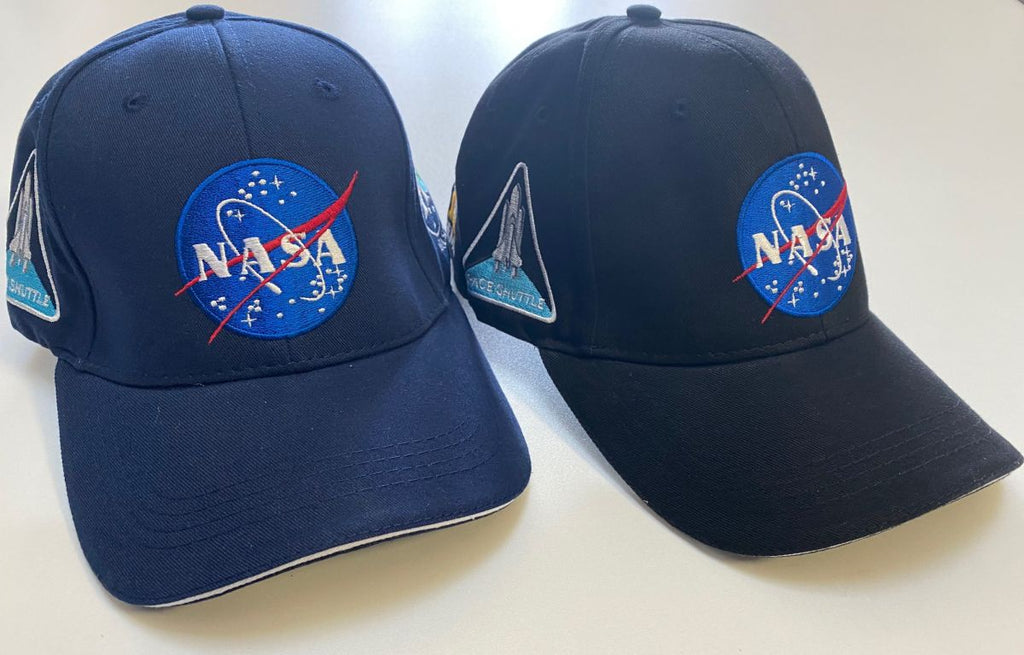

Delays and wait time were becoming unacceptable. Additionally, for the mission monitoring and analyzing the surface of the sun, 1.5 TBs of new data was collected daily. Between the amount of data movement that was required and the limited computing capabilities, it would take up to a few years for the team to see any results. For this, the team collaborates with Benoit Tremblay, scientist at the National Solar Observatory (NSO), to use a deep neural network trained on simulation data to understand plasma flows and their relation to magnetic fields.ĭue to cloud computing and network limitations, pulling out complete data archives in the 100s of TBs simply was not feasible. In addition to monitoring active magnetic regions of the sun, the scientists also focus on mapping the flow of plasma on the sun. And while the unimaginable temperatures and heat that a solar flare lets off are not necessarily impactful to the earth or its atmosphere, electromagnetic radiation and energetic particles can enter and alter the Earth’s upper atmosphere, disrupting signal transmission from GPS satellites that orbit the earth. They leverage AI to map localized plasma motions on the sun to classify regions based on magnetic activity, enabling them to focus on areas prone to solar flares. The first aspect of their mission is classification. This presents opportunities for AI to be utilized on board satellites, rovers, planes, or balloons.ĮSG spoke with Michael Kirk (ASTRA llc.), research astrophysicist, and Raphael Attié (George Mason University), solar astronomer at NASA’s Goddard Space Flight Center to understand their mission of monitoring the sun’s atmosphere and the type of technology they rely on to complete this ongoing mission using AI. In fact, it’s impossible to analyze all of this data simply due to its size and the limited computing capabilities on a spacecraft hundreds of miles away, all but forcing NASA to prioritize sending certain types of telemetry data down to earth, which vary depending on the mission. The amount of data collected on a spacecraft to finetune humanity’s understanding of solar physics and derived models is massive, amounting to tens, if not hundreds of TBs per day.

NASA is just scratching the surface in its use of AI for mission enhancement and enablement. Based on collected data and scientific models that describe a physical process, AI can be exploited to make scientific models more robust and reliable by enabling wider parameter exploration. At NASA, AI is leveraged to monitor regions of space and automatically detect if something interesting just happened or is going to happen. AI is primarily used today to help with the detection of “things” and model enhancement. “In going through his archives, I came across a handwritten quote that read: ‘Too far is not far enough.Based on the amount of data collected for any given NASA mission or project, it’s no surprise that AI is an enabling technology. “Stephen loved music and outer space,” says Padilha. There, while a video showed spacecraft in takeoff mode, Sprouse’s muse, the transgender model Teri Toye, joined catwalkers wearing “interplanetary prints” based on NASA imagery, which, explains Sprouse’s co-biographer Mauricio Padilha, the designer enlarged and printed over with backward graffiti that spelled out the name of the planet. In 1984, this always-forward-thinking (and variably solvent) designer presented an unforgettable, to-capacity show at the Ritz nightclub. was to wed “downtown cool with uptown luxury and space-age fabrics.” It wasn’t the designer’s first collaboration with NASA, either. As Patricia Morrisroe wrote in New York magazine, the designer’s m.o. While some critics understood Sprouse’s futurism in the context of Y2K, his use of these prints wasn’t a mere stylistic gesture. Shepard, Jr., the first American to travel in space.Īt his Fall 1999 show, Stephen Sprouse debuted prints he created using NASA photos taken on Mars by Pathfinder in front of an audience wearing 3-D glasses. In so doing they were following in the footsteps (moon boots?) of Stephen Sprouse, fashion’s equivalent of Alan B.

He’s certainly on trend: Christopher Kane, Gucci’s Alessandro Michele, and Chanel’s Karl Lagerfeld were among the designers turned rocket men to show space-inspired motifs at the recent Fall collections. Just when everybody thought Kanye’s next project would have something to do with Swedish flat-pack giant Ikea, he threw us for a loop with a teaser referencing NASA.


 0 kommentar(er)
0 kommentar(er)
